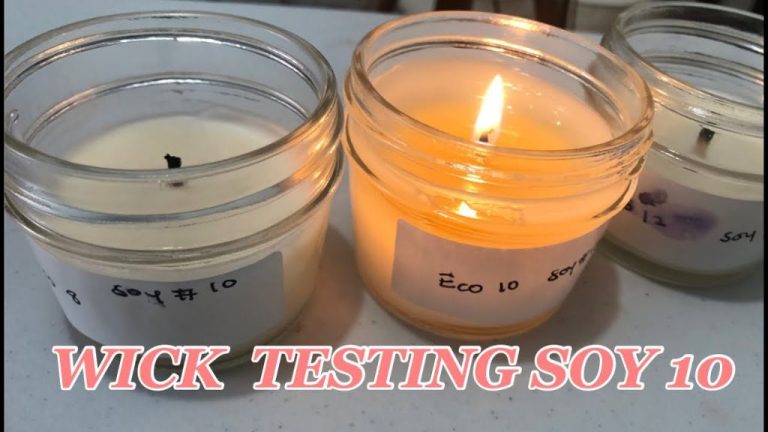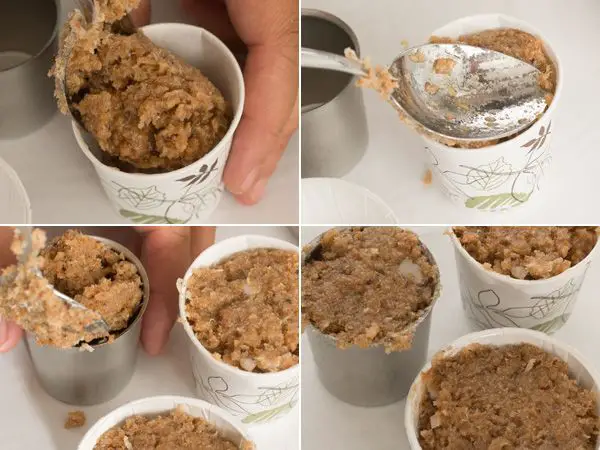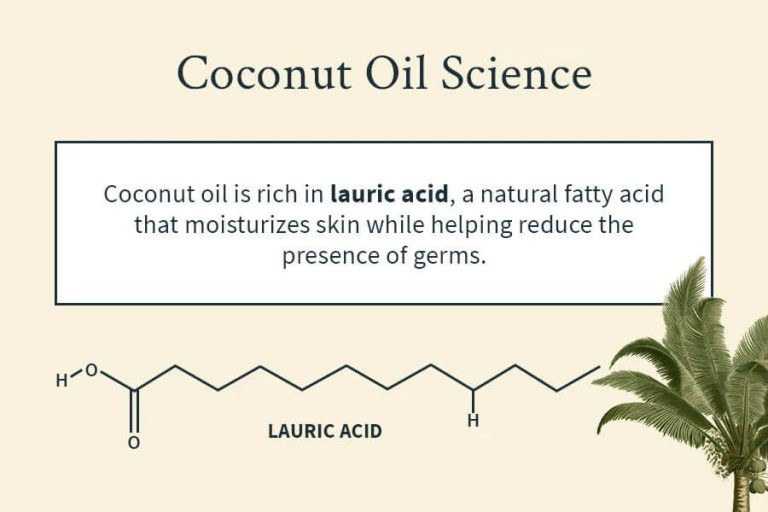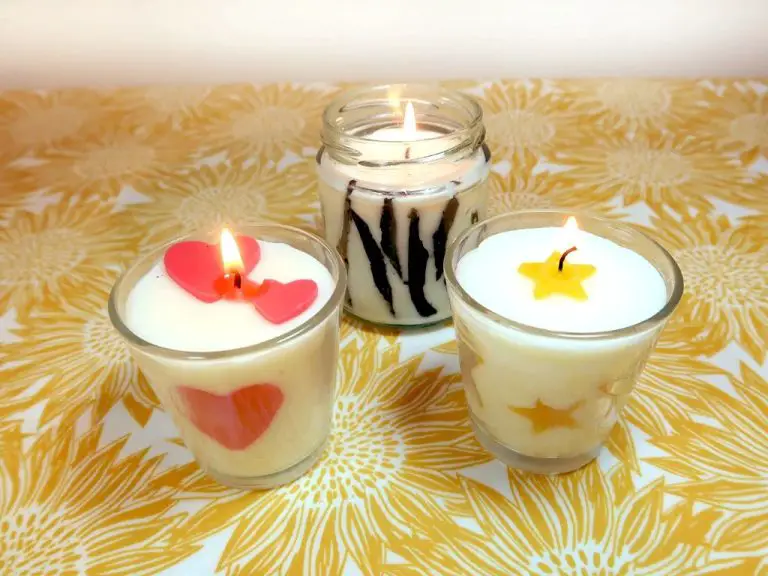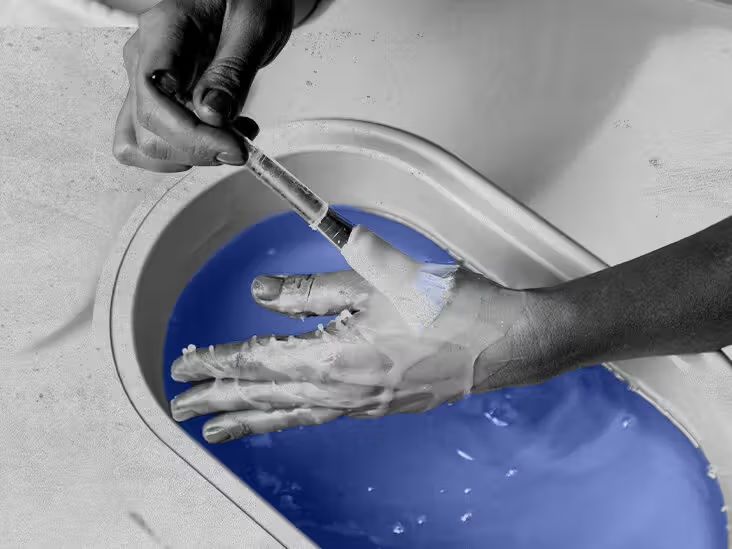How Do You Make Your Own Eucalyptus Oil?
Introduction
Eucalyptus oil is an essential oil derived from the oval-shaped leaves of eucalyptus trees, which belong to the plant genus Eucalyptus. It has a strong, minty, woody aroma and contains compounds like eucalyptol that have antioxidant, anti-inflammatory, and pain-relieving properties (Source).
Eucalyptus oil has many medicinal uses – it can be inhaled to relieve congestion and coughs, applied topically to soothe muscle aches and pains, or used as an antiseptic. Making your own eucalyptus oil allows you to control the quality and avoid any unwanted additives found in store-bought versions. It’s also more economical than buying pre-made eucalyptus oil.
The process of making homemade eucalyptus oil involves harvest and drying eucalyptus leaves, infusing them in a carrier oil, and then straining and bottling the infused oil. This simple process yields a versatile, therapeutic oil that can be used in a variety of ways.
Materials Needed
There are a few key materials you’ll need to make your own eucalyptus oil at home:
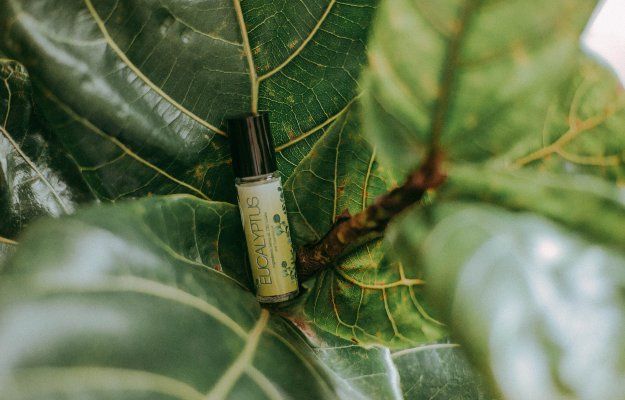
Eucalyptus leaves – You’ll need fresh or dried eucalyptus leaves. Grow your own or source them from a florist or herb supplier. You’ll need around 1/4 ounce of leaves. Source
Carrier oil – Olive, coconut, or almond oil work well as carrier oils. You’ll need around 1 cup of carrier oil to infuse with the eucalyptus leaves. Source
Double boiler or slow cooker – You’ll need either a double boiler or slow cooker to gently heat the oil and leaves to extract the oil.
Cheesecloth – Cheesecloth is used to strain the oil after infusion.
Glass jar with lid – You’ll need a jar to store the finished eucalyptus oil in after straining.
Safety Precautions
While eucalyptus oil does have many benefits, it needs to be used with caution as it can be toxic if used improperly. Here are some important safety tips when using eucalyptus oil:
Use a carrier oil to dilute the eucalyptus oil before applying it to skin. Oils like coconut, olive, or jojoba oil help prevent irritation. According to WebMD, eucalyptus oil is often used safely when diluted in a carrier oil and applied to the skin for short periods as a medicine [1].
Never ingest eucalyptus oil undiluted as it can be poisonous if swallowed. The National Center for Biotechnology Information notes that small amounts of eucalyptus oil taken orally can be fatal [2].
Avoid contact with eyes and sensitive skin areas. The oil may cause irritation when used undiluted. According to Mount Sinai Hospital, eucalyptus applied directly to the face can be unsafe for children under 2 years old [3].
Eucalyptus oil is very toxic to pets, especially cats. Keep diffusers and open bottles away from pets to avoid accidental ingestion.
[1] https://www.webmd.com/vitamins/ai/ingredientmono-700/eucalyptus
[2] https://www.ncbi.nlm.nih.gov/pmc/articles/PMC4721170/
[3] https://www.mountsinai.org/health-library/herb/eucalyptus
Choose the Right Eucalyptus
When making your own eucalyptus oil at home, it’s important to choose the right species of eucalyptus. Look for Eucalyptus globulus, also known as blue gum eucalyptus, as this variety contains the highest concentration of eucalyptol, the compound responsible for many of eucalyptus oil’s therapeutic effects. You can use either fresh or dried eucalyptus globulus leaves to make the oil.
The amount of leaves needed will depend on how much oil you want to end up with. A good rule of thumb is to use around 28 ounces of fresh leaves or around 14 ounces of dried leaves per 8 ounce bottle of oil. Adjust the amount of leaves accordingly based on the size bottle or batch of oil you are making. Using fresh leaves will yield more oil than dried.
Make sure the leaves you use come from an organic, reputable source. You want to avoid leaves that have been treated with any chemicals or pesticides. Look for young, healthy looking leaves for the best quality oil.
Harvest and Prepare the Leaves
The best time to harvest eucalyptus leaves for oil is in the early morning, after the dew has dried but while the weather is still cool. The leaves contain the most oil during the hot summer months.[1] Pick leaves that are mature, richly colored, and healthy looking.
You can use either fresh or dried leaves to make eucalyptus oil. To dry leaves, harvest them and spread in a single layer on trays. Place in a warm, dry, airy location out of direct sunlight for 1-2 weeks until crispy.[2] Make sure to stir the leaves periodically to ensure even drying.
Whether using fresh or dried leaves, you’ll need to chop or grind them up a bit first. Cut the leaves into small pieces using scissors or crush them lightly with a wooden spoon or mortar and pestle. This helps release the valuable eucalyptus oil.
Aim to fill your jar about 1/4 full with the prepared leaves before adding oil.[3] This ratio maximizes oil extraction.
Infuse the Oil
To extract the beneficial compounds from the eucalyptus leaves, you’ll need to infuse them into a carrier oil. Some common choices for the oil are olive, coconut, jojoba, sweet almond, or grapeseed oil. The ratio of leaves to oil can vary, but a general guideline is 1⁄4 ounce of dried leaves or 1⁄2 ounce of fresh leaves per 8 ounces of oil according to Wikihow.
To infuse the oil, you can use a double boiler, slow cooker, or even just a mason jar. If using a double boiler, add water to the bottom pan and place the jar of leaves and oil in the top pan. Heat over low for 2-6 hours, checking periodically and adding more water as needed. With a slow cooker, add the oil and leaves, cover, and cook on low for 4-6 hours. For a mason jar, loosely pack leaves and oil and place in a sunny window for 2 weeks, shaking daily according to Suburbia Unwrapped.
The ideal temperature is between 100-140 degrees Fahrenheit. Hotter temperatures can destroy some of the beneficial compounds. Infusion times depend on the method, but typically range from 2 hours to 2 weeks.
Strain and Store
Once the oil has infused, you will need to strain out the plant material from the oil. Cheesecloth is commonly used for straining infused oils. You can use a double or triple layer of cheesecloth secured over a bowl or jar to separate the leaves and flowers from the finished oil.
Choose an organic, unbleached cheesecloth that is lightweight and finely woven for best results. Avoid using muslin as it may allow some debris through. The key is using a very tight weave. Pour the infused oil slowly through the cheesecloth. You may need to squeeze or press the leaves to get all of the oil out.
Properly stored eucalyptus oil can last for up to a year. It’s best to store your homemade eucalyptus oil in dark colored glass bottles. Make sure the bottles have tight fitting lids to limit air exposure. Store the bottles in a cool, dark place like a pantry or cupboard. Refrigerating the oil can help extend its shelf life. Just allow the oil to return to room temperature before use. Keeping your eucalyptus oil stored in the fridge can allow it to last up to a year (Source).
Uses and Applications
Eucalyptus oil has many topical uses, but it’s important to dilute it first with a carrier oil to avoid skin irritation. Some common carrier oils are coconut, jojoba, and olive oil. A general guideline is to use 1-3 drops of eucalyptus oil per teaspoon (about 5mL) of carrier oil. Gently massage the diluted oil into the skin, avoiding sensitive areas like the eyes.
Here are some ways to safely use diluted eucalyptus oil topically:1
- Chest rub for congestion and coughs
- Massage oil to soothe sore muscles
- Skin salve for minor cuts, bug bites, and scrapes
- Spot treatment for acne
- Inhalation steam for congestion
Always do a patch test before using eucalyptus oil on larger skin areas to check for allergic reaction. Keep eucalyptus oil out of reach of children and pets. Consult your doctor before using if pregnant or nursing.
Recipes
Eucalyptus oil is very versatile and can be used in a variety of recipes for body care, home cleaning, and aromatherapy. Here are some popular ways to use eucalyptus oil:
Body and Massage Oil Recipes
Eucalyptus oil is commonly used in massage oils and body rubs thanks to its invigorating and soothing properties. According to the New Directions Blog, you can create an energizing blend by mixing 4 drops eucalyptus, 4 drops peppermint, and 4 drops lemon essential oils with 1⁄2 cup of carrier oil like jojoba, sweet almond, or grapeseed [1]. For muscle soreness, combine 20 drops eucalyptus oil with 1 cup carrier oil and massage onto affected areas.
Cleaning Products
Adding a few drops of eucalyptus oil to your homemade cleaners can help disinfect surfaces and provide a fresh, uplifting scent. The Rocky Mountain Oils Blog suggests adding 5-10 drops per 1 cup of natural cleaner or diffusing 5 drops eucalyptus with lemon oil in room to sanitize the air [2].
Aromatherapy
Eucalyptus oil is excellent for aromatherapy thanks to its ability to promote clear breathing and a soothing environment. Try diffusing 2-3 drops eucalyptus with lavender at bedtime for restful sleep. Or add 3 drops to a warm bath or inhale from palms when congested. Blending with complementary oils like lemon, peppermint, and tea tree enhances eucalyptus oil’s aromatic benefits.
Conclusion
Making your own eucalyptus oil at home is a straightforward process that yields a versatile and beneficial product. The process simply requires eucalyptus leaves, a carrier oil like olive oil, and airtight jars – materials that are easy to source. With some time and care, you can produce high-quality eucalyptus oil yourself.
For best results, use fresh young leaves just before flowering. Infuse the leaves in oil for at least 2 weeks, keep the mixture out of direct light, and agitate the jar daily. Make sure to properly strain and filter the oil before storage. Store homemade eucalyptus oil in an airtight, light-blocking container away from heat and sunlight.
The reward for your effort is having access to pure, natural eucalyptus oil with many uses. Homemade eucalyptus oil can help relieve respiratory congestion, soothe muscle aches and pains, repel insects, disinfect surfaces, and more. You can also incorporate it into cosmetics, aromatherapy, and cleaning products for enhanced effects. Making your own allows you to customize the oil’s strength and aromatherapy properties.
With the proper process and high quality ingredients, homemade eucalyptus oil rivals store bought varieties. The ability to control the production from leaf to oil makes do-it-yourself eucalyptus oil an attractive and cost-effective option.

